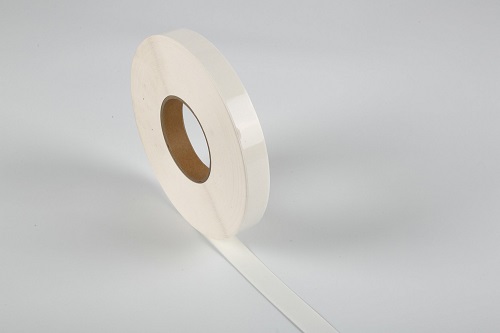In the realm of medical supplies, innovation often takes the form of subtle yet significant improvements. One such advancement is foam medical tape, a product designed to offer superior comfort, support, and adaptability in wound management and healthcare applications.
What is Foam Medical Tape?
Foam medical tape is a type of adhesive dressing made from soft, pliable foam material. Unlike traditional cloth or paper tapes, foam tape is designed to provide cushioning while maintaining a secure hold on the skin. It is often used in scenarios where gentle adhesion, flexibility, and skin protection are critical.
Manufactured from polyurethane or other breathable foam materials, this tape is typically hypoallergenic and latex-free, making it suitable for sensitive skin. It is commonly available in various widths and can be cut to the desired length.
Benefits of Foam Medical Tape
- Comfort and Cushioning: Foam tape conforms easily to body contours, making it ideal for use on joints or curved areas. Its soft texture reduces pressure points and prevents chafing or irritation.
- Breathability: The porous structure of foam allows air circulation, which supports healing and reduces the risk of skin maceration.
- Secure Adhesion with Gentle Removal: It provides a strong yet skin-friendly grip, helping to keep dressings in place without causing trauma upon removal—especially beneficial for pediatric and geriatric care.
- Water Resistance: Many foam tapes are water-resistant, allowing patients to shower without compromising the dressing.
- Versatility: Suitable for use in a range of medical and athletic contexts, foam tape supports everything from wound dressings to light splinting and padding under casts or braces.
Common Applications
- Wound Dressing Securing: Keeps gauze or bandages in place without sticking directly to the wound.
- IV and Tubing Fixation: Securely holds medical devices in place with minimal risk of skin damage.
- Post-Surgical Care: Helps support healing incisions without adding pressure.
- Athletic Use: Used to cushion and support joints, often under rigid sports tape.
- Orthopedic Padding: Provides an extra layer of protection under splints or prosthetic devices.
Best Practices for Use
- Surface Preparation: Clean and dry the skin before applying the tape to ensure optimal adhesion.
- Proper Sizing: Cut or tear the tape to fit the specific need; avoid wrapping too tightly to maintain circulation.
- Monitoring Skin Health: Regularly check the skin under the tape for signs of irritation or allergic reaction.
- Storage: Keep in a cool, dry place to maintain adhesive properties.
Foam medical tape offers a modern, skin-friendly alternative to traditional tapes. Its comfort, breathability, and flexibility make it an excellent choice in both clinical and home care settings. As wound care evolves, simple tools like foam tape play a vital role in ensuring that healing is not only effective but also gentle on the skin.

